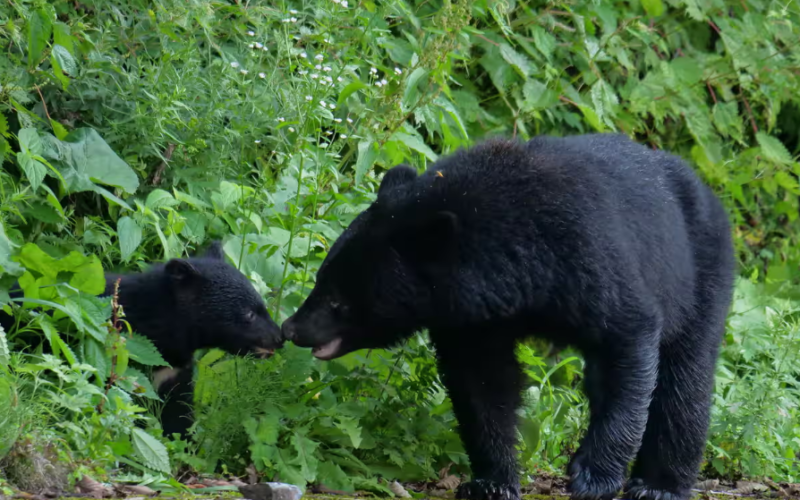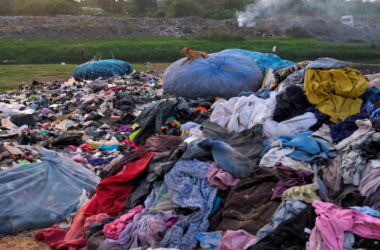Japan is witnessing an alarming and unprecedented surge in bear attacks, reaching a record high, as the struggle for food resources compels some bears to delay their hibernation. This concerning trend has raised significant safety concerns among residents and wildlife authorities, prompting a closer examination of the ecological factors contributing to the increased human-bear encounters.
In recent months, instances of bear attacks have surged across various regions in Japan, marking a notable departure from historical patterns. The root cause of this spike lies in the changing dynamics of the bears’ natural behavior, driven by environmental factors such as food scarcity. As climate change continues to impact ecosystems, altering the availability of natural food sources, bears are compelled to forage for longer periods to meet their nutritional needs.
The delayed onset of hibernation is a survival strategy adopted by bears in response to inadequate food supplies. Prolonged periods of food scarcity force bears to remain active foraging for sustenance, bringing them into closer proximity to human-populated areas. This increased interaction heightens the risk of bear-human conflicts, leading to a rise in the number of reported attacks.
Local authorities and wildlife experts are grappling with the challenge of managing this surge in bear encounters. Efforts are underway to educate communities on bear safety measures, including proper waste disposal and securing food sources to mitigate the attraction of bears to residential areas. Additionally, wildlife management teams are exploring strategies to address the root cause of the issue, focusing on habitat preservation and managing human-bear coexistence.
This phenomenon sheds light on the intricate relationship between wildlife behavior, environmental changes, and human safety. As bears adapt their natural behaviors in response to ecological shifts, it becomes imperative for communities and authorities to adapt their approaches to wildlife management. Balancing the conservation of these magnificent creatures with the safety of human populations requires a holistic understanding of the complex interplay between ecosystems and human activities.
In conclusion, the record-high bear attacks in Japan underscore the far-reaching impacts of climate change on wildlife behavior and the delicate equilibrium between humans and nature. As efforts intensify to address the immediate safety concerns, a broader conversation about sustainable coexistence and environmental stewardship becomes increasingly vital in ensuring the harmony of ecosystems and the safety of both humans and wildlife.








